Love greenery but not particularly blessed with a green thumb? You can still transform your home into a lush, lively paradise. How? We’ve rounded up a collection of easy-to-care-for houseplants, perfect for plant-lovers who accidentally kill everything. And no, these aren’t your average succulents (which can actually be difficult to maintain). Here are the most beautiful beginner-friendly houseplants that anyone can keep alive.
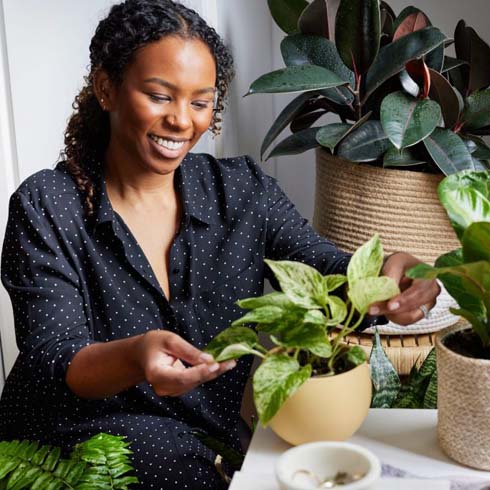
Any Variety of Pothos
Pothos are one of the OG beginner-friendly houseplants, and for good reason. They are incredibly forgiving and will do well in virtually any room of your home (as long as that room has some light). You can give a pothos a pole or stake to climb up or let it trail and vine nice and long. With these, you don’t have to worry much about underwatering – they will droop and start to crisp up when they need a drink, but it takes a lot of neglect to kill a pothos by underwatering. Make sure you don’t overwater your plants: Put your plant in well-draining soil and a pot with drainage and let it dry out slightly between waterings.

Rope Hoya
Hoyas don’t often appear on lists of beginner-friendly houseplants and perhaps with good reason – within the genus, they vary wildly in hardiness. Luckily, however, the rope hoya (AKA hoya carnosa compacta) are is both easygoing and resilient. They can take a wide variety of light conditions, but thrive in bright (and sometimes even direct!) light. Keep them happy in a chunky, well-draining soil mix and set them in a south-facing window. One neat feature of this plant that will help you take care of it? Their normally-juicy leaves will get wrinkly when it’s super thirsty, letting you know it’s time to give it a good drink. Let it dry out between waterings, give it plenty of light and plant food, and it may even bloom for you!
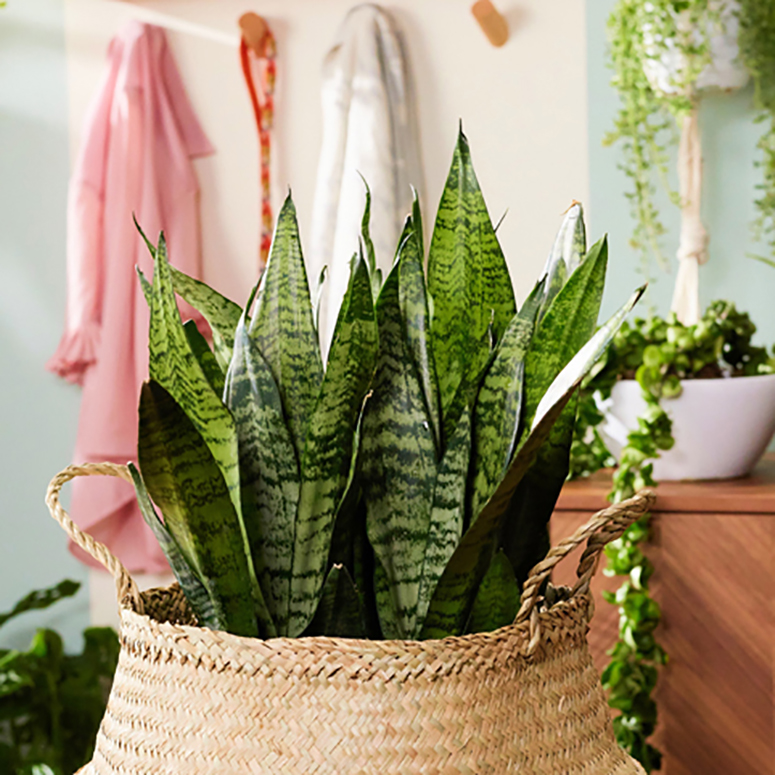
Any Variety of Snake Plant
Snake plants have a reputation for being virtually indestructible, and with good reason. This hardy family of plants can survive almost anything from low light to neglect. If anything, you’ll want to keep an eye out for root rot with this one, which is caused by overwatering rather than underwatering. If you keep this plant in fast-draining soil and put it in a low-to-moderate light spot like a bathroom or office corner, you’ll only need to water it every month or so. If you notice the leaves get super wrinkly and start to look dehydrated, that’s your cue to put your plant in the sink or bathtub and give it a good, thorough watering.
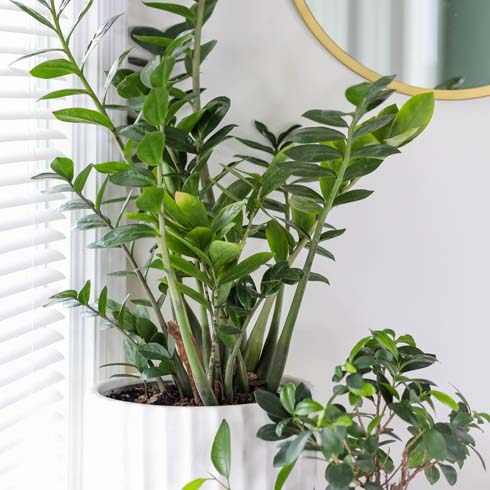
ZZ Plant
With their thick and shiny leaves, ZZ plants are another plant that can tolerate sub-par soil conditions, missed waterings, and shadier spots in your home. Also commonly called Zanzibar gems, this ehouseplant is actually used in traditional medicine in Tanzania and Malawi. ZZ plants make for great office plants, as they’ll even tolerate ordinary artificial light. Pot it up in well-draining potting mix and water once a month with a bit diluted fertilizer to watch it put out new bright green, glossy leaves.
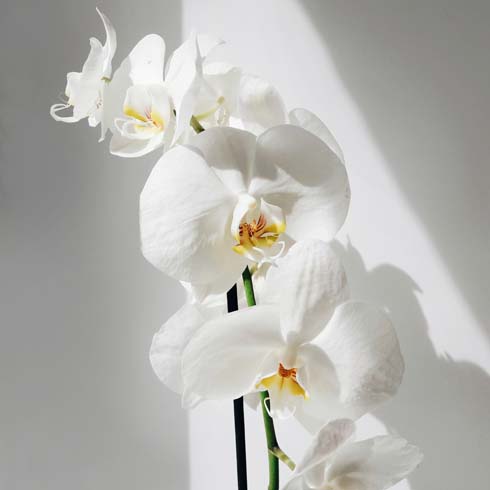
Phalaenopsis Orchid
Flowering plants like orchids have a reputation for being difficult, which is only partially rooted in truth. Although it can be challenging to get an orchid to bloom again once its initial blooms fade, a few tricks can help. First up is light: Giving an orchid plenty of bright indirect light will help encourage it to bloom and also help it survive overall. A kitchen windowsill that gets a little direct sunlight during the day is perfect. Another challenge for many is growing medium. Orchids are epiphytes, which means that they need quite a lot of oxygen around their roots. Skip the soil and go with a chunkier growing medium like bark or LECA. When watering, soak your orchid’s roots in water for fifteen minutes or so each week, and then let it drain. But the real game-changer to make an orchid bloom and help it thrive is to give it a specialized orchid food whenever you water it. If you fail to encourage blooms, you can always enjoy a phal orchid’s large, floppy, dramatic leaves.
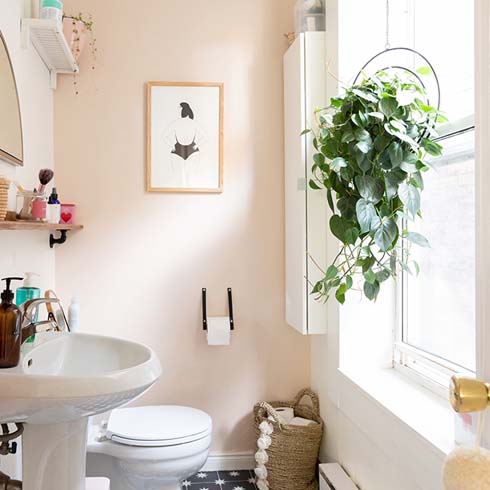
Heart Leaf Philodendron
The heart leaf philodendron is yet another classic, super common houseplant. Like pothos plants, these vining plants can be left with trailing vines (they look gorgeous above a living room fireplace!) or given a pole or trellis to climb up. Heartleaf philodendrons will tolerate medium and low light but will grow the best in bright indirect light. These plants also wilt when super thirsty, so keep an eye out for that and give them a thorough watering.
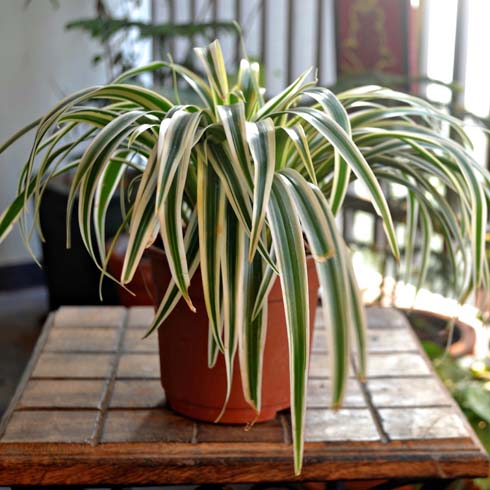
Spider Plant
Spider plants are fast-growing and resilient, and with their long shaggy foliage, have a truly unique look among plants. They’ll tolerate many soil and light conditions, but fast draining, nutrient-rich soils and bright indirect light will give the best results. A super fun feature of spider plants is that they will put out long thin tendrils with tiny white flowers when happy and thriving. Those flowers will eventually turn into pups: Little baby spider plants! You can snip them off and stick them in soil to start a whole new plant. Spider plants or their little pups make great housewarming gifts, paired with a cute planter!

Philodendron Brasil
Philodendron Brasil is similar to the heartleaf philodendron in growing pattern, leaf shape, and care. There is, however, one important difference: the Brasil has beautiful splashes of pale yellowy-green on its deep green leaves. Variegated plants get pretty expensive, but the Brasil is a fairly common plant, so it’s a great way to get the look for less. This tough plant is super easygoing. Just put it in fast-draining soil and water when the soil is dry. As for light, it will tolerate shady spots, but appreciates bright indirect (bordering on direct) light. This vining plant looks beautiful hanging in a bedroom window.
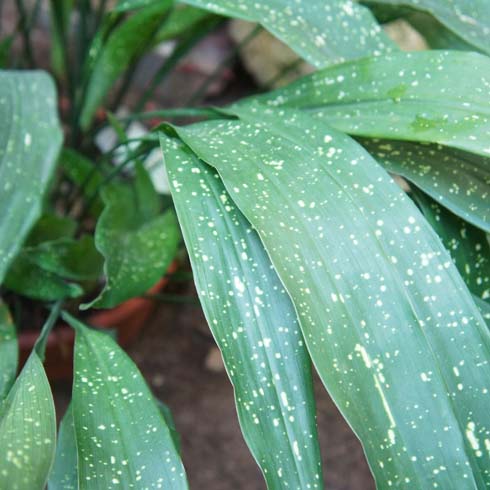
Cast Iron Plant
If you’re looking for a tough-as-nails plant to care for, the cast iron plant is for you. Like many of the other plants on this list, this houseplant can tolerate the neglect and low light conditions that higher maintenance plants can’t. In fact, they do best in a partially shady spot, and give it a drink when the soil dries out. It’s always best to underwater this plant rather than overwatering, as they don’t like soggy soil. Cast iron plants are great if you want super full, luscious-looking greenery without the upkeep required by some other tropical plants. These do well in just about any room of the house, as long as there is some level of light.

Rubber Plant
Wondering how the rubber plant got its name? When this plant is cut, it produces a latex sap that was historically used in rubber manufacturing. Nowadays, they’re simply easy-to-care-for houseplants! These gorgeous beginner-friendly houseplants have thick, shiny, succulent leaves that retain a good amount of water. This accounts for the rubber plant’s texture, as it isn’t bothered by missed waterings and doesn’t need humidity to thrive. Rubber plants look great as a statement piece in a living room, and will do well as long as there is indirect light. Put them in well-draining soil and a pot with drainage and let them dry out between waterings and they’ll get super tall in no time!
HGTV your inbox.
By clicking "SIGN UP” you agree to receive emails from HGTV and accept Corus' Terms of Use and Corus' Privacy Policy.




